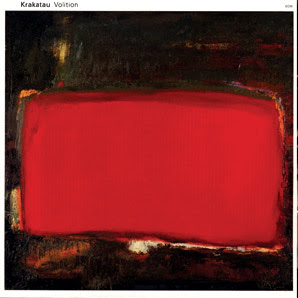:::Saxophone Colossus:::
Posted: Tuesday, 22 September 2009 by jazzlover in Etykiety: Doug Watkins, Max Roach, Sonny Rollins, Tommy Flanagan
0
In 1956 Rollins made his biggest move, joining the famous ensemble of Max Roach and Clifford Brown, then formed his own legendary pianoless trio with bassist Wilbur Ware or Donald Bailey and drummer Elvin Jones or Pete La Roca in 1957, doing recorded sessions at the Village Vanguard. Awards came from Down Beat and Playboy magazines, and recordings were done mainly for the Prestige and Riverside labels, but also for Verve, Blue Note, Columbia, and Contemporary Records, all coinciding with the steadily rising star of Rollins. Pivotal albums such as Tenor Madness (with John Coltrane), Saxophone Colossus (with longstanding partner Tommy Flanagan), and Way Out West (with Ray Brown and Shelly Manne), and collaborations with the Modern Jazz Quartet, Clark Terry, and Sonny Clark firmly established Rollins as a bona fide superstar. He also acquired the nickname "Newk" for his facial resemblance to Brooklyn/Los Angeles Dodgers pitcher Don Newcombe.
:::www.allmusic.com:::
:::Review Scott Yanow@allmusic.com:::
Sonny Rollins - Saxophone Colossus (1956)
1. St. Thomas 6:46
2. You Don't Know What Love Is 6:28
3. Strode Rode 5:13
4. Moritat 10:06
5. Blue 7 11:18
Credits
Piano - Tommy Flanagan
Bass - Doug Watkins
Drums - Max Roach
Tenor Saxophone - Sonny Rollins
:::Review Scott Yanow@allmusic.com:::
Sonny Rollins - Saxophone Colossus (1956)
1. St. Thomas 6:46
2. You Don't Know What Love Is 6:28
3. Strode Rode 5:13
4. Moritat 10:06
5. Blue 7 11:18
Credits
Piano - Tommy Flanagan
Bass - Doug Watkins
Drums - Max Roach
Tenor Saxophone - Sonny Rollins
























